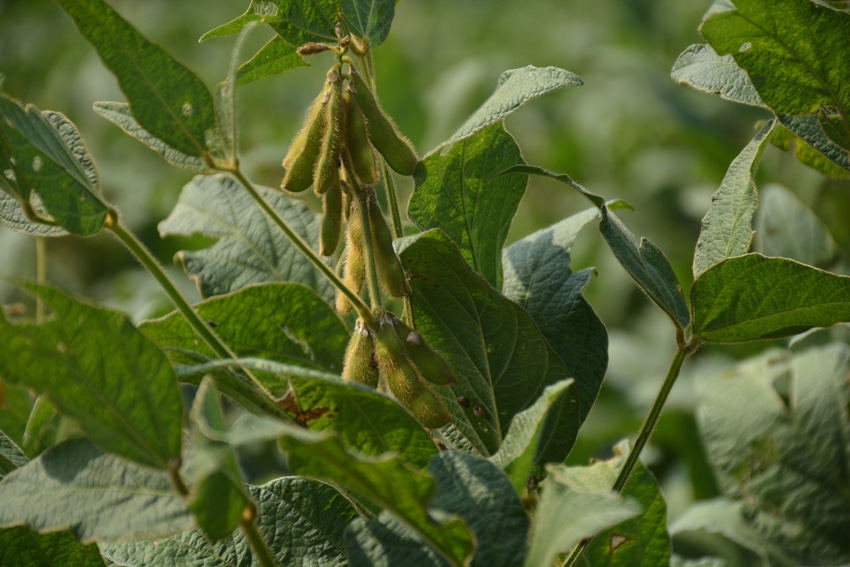
The three strongest predictors for higher soybean yields in North Carolina are planting date, maturity group and foliar fungicide use.
That’s what an analysis of 877 entries in the North Carolina Soybean yield contest from 2002 to 2019 reveals with recent small plot research data at North Carolina State University confirming these three factors as key to improving soybean yields in North Carolina.
Speaking at the North Carolina Commodities Conference in Durham Jan. 13, North Carolina State University Extension Soybean Specialist Rachel Vann said the analysis of the 877 soybean yield contest entries shows the single strongest predictor of high soybean yield is maturity group with maturity Group IV or less averaging 73 bushels per acre and maturity groups greater than IV averaging 55 bushels per acre.
“Regardless of the maturity group you use, the next strongest predictor of high soybean yield was using foliar fungicides which provided considerable yield protection. In our highest yielding situations, we also saw some yield advantages from planting earlier than mid-May and even earlier than late April,” Vann said.
“If you look at those strongest predictors of high soybean yield in that analysis a little more deeply, we had very few entries from maturity group II or VIII, but if you look at maturity groups III, IV, V, VI and VII, you can see yield decline as maturity group increased,” she said.
In essence, the research reveals that early maturing varieties tend to maximize yield in high yield situations.
The analysis of the 877 entries show foliar fungicides provided 5.5 bushels of yield protection compared with no foliar fungicide use.
In the 2021 North Carolina soybean yield contest, there were 52 entries all averaging 85 bushels per acre which Vann said is pretty phenomenal for North Carolina. Vann noted that 36 of the top 39 entries in the 2021 contest were planted in April. She said 23% of the 52 entries were maturity group III3 while 58% were maturity group IV.
About the Author(s)
You May Also Like






